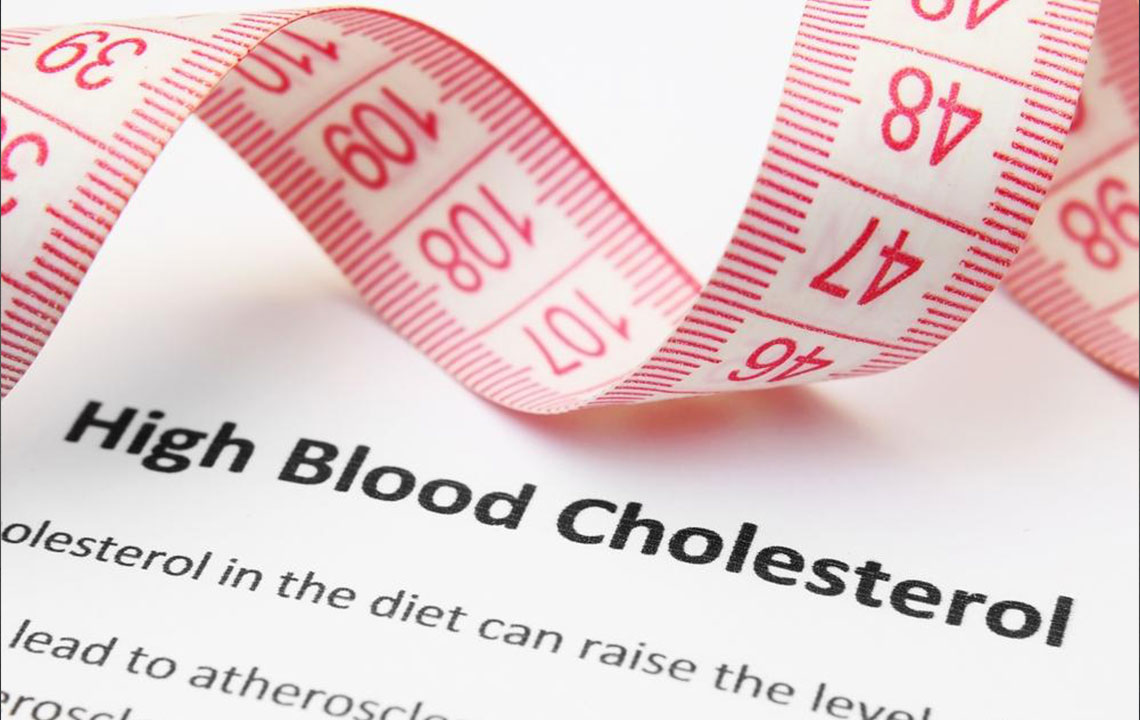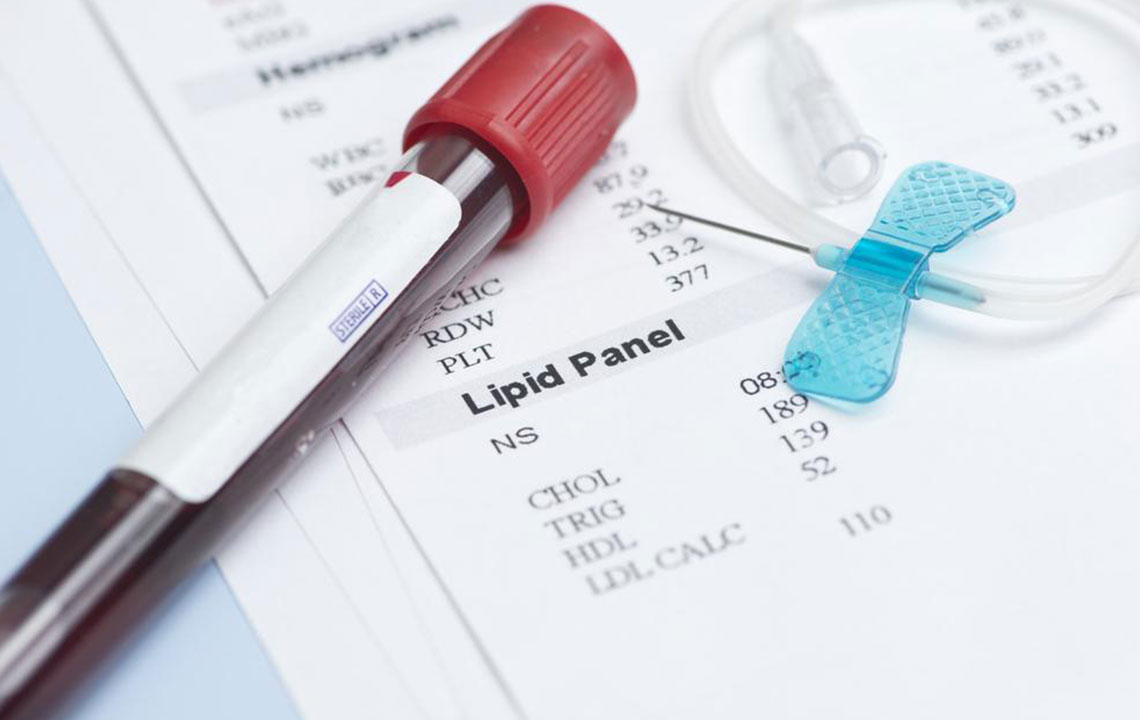Comprehensive Guide to Maintaining Healthy Cholesterol Levels for Heart Health
This comprehensive guide explores healthy cholesterol levels, the importance of maintaining them, and practical lifestyle strategies to support heart health. Learn how to interpret your lipid profile, adopt effective dietary habits, and make lifestyle changes that promote optimal cholesterol levels for a healthier life. Regular monitoring and proactive management can drastically reduce your risk of heart disease and improve overall well-being.

Comprehensive Guide to Maintaining Healthy Cholesterol Levels for Heart Health
Cholesterol levels play a vital role in determining cardiovascular health. Elevated cholesterol, particularly high levels of LDL (bad cholesterol), can significantly increase the risk of developing heart disease, strokes, and other related health issues. While medications are often prescribed to help manage cholesterol, adopting a proactive approach through lifestyle modifications can offer sustainable, long-term benefits. Understanding your optimal cholesterol numbers and how to maintain them is essential for overall well-being and disease prevention.
Cholesterol testing is a critical step in assessing heart health. The most common blood test used is called a lipid profile, which measures several key components: total cholesterol, triglycerides, HDL (high-density lipoprotein, or good cholesterol), and LDL (low-density lipoprotein, or bad cholesterol). Knowing what these levels mean can help you implement the appropriate lifestyle changes or seek medical advice if necessary.
To get accurate lipid profile results, fasting for 9 to 12 hours before the test is recommended. Fasting ensures that food intake does not temporarily alter cholesterol levels, giving a true picture of your baseline health. In the United States, cholesterol values are reported in milligrams per deciliter (mg/dL). Understanding these numbers and their associated risk levels can empower you to take action to improve or maintain your cardiovascular health.
Total cholesterol:
Less than 200 mg/dL is considered desirable. Levels between 200-239 mg/dL are borderline high, while 240 mg/dL and above are classified as high, indicating an increased risk for heart disease.
Triglycerides:
Desirable levels are under 150 mg/dL. Borderline levels range from 150 to 199 mg/dL. High triglycerides are between 200-499 mg/dL, and very high levels are 500 mg/dL or more, which can lead to pancreatitis and other health problems.
HDL (good cholesterol):
A level below 40 mg/dL in men or 50 mg/dL in women indicates poor cholesterol health. Levels between 50-59 mg/dL are better, and 60 mg/dL or higher is considered optimal for reducing cardiovascular risk.
LDL (bad cholesterol):
For individuals with heart disease or diabetes, an ideal LDL level is below 70 mg/dL. For those at risk but without existing conditions, below 100 mg/dL is desirable. Near optimal levels are 100-129 mg/dL, borderline high is 130-159 mg/dL, high is 160-189 mg/dL, and very high is 190 mg/dL or more.
Achieving and maintaining healthy cholesterol levels involves a combination of dietary choices, physical activity, and lifestyle habits. Here are comprehensive strategies to help you keep your cholesterol in check and protect your heart:
Adopt heart-healthy fats: Incorporate monounsaturated fats from sources like nuts, seeds, avocados, and olive oil into your diet. These fats help increase HDL cholesterol and lower LDL cholesterol, offering protection against cardiovascular disease.
Include omega-3 fatty acids: Consume fatty fish such as salmon, mackerel, sardines, and albacore tuna regularly. Omega-3s are known to lower triglyceride levels and promote overall heart health.
Avoid trans fats: Steer clear of hydrogenated oils and processed foods that contain trans fats, as these fats not only raise bad cholesterol but also lower good cholesterol, increasing the risk of atherosclerosis.
Increase soluble fiber intake: Foods rich in soluble fiber, such as oats, beans, lentils, fruits, and vegetables, can bind to cholesterol in the digestive system and help reduce LDL levels.
Engage in regular physical activity: Aim for at least 150 minutes of moderate-intensity exercise per week, such as brisk walking, cycling, or swimming. Regular exercise can boost HDL levels, lower LDL levels, and improve overall cardiovascular function.
Maintain a healthy weight: Obesity is linked to unfavorable cholesterol profiles. Losing excess weight through diet and exercise can significantly improve cholesterol levels and reduce cardiovascular risk.
Quit smoking: Smoking damages blood vessels and lowers HDL cholesterol while raising LDL levels. Quitting smoking improves your lipid profile and overall heart health.
Limit alcohol consumption: Excessive alcohol intake can raise triglycerides and contribute to high blood pressure. Moderation is key—limit intake to recommended levels or abstain altogether if advised by your healthcare provider.
In addition to lifestyle modifications, regular health screenings are essential for tracking your cholesterol levels. Periodic checkups allow you and your healthcare provider to assess progress and make necessary adjustments. For some individuals, medication may still be required to reach target cholesterol levels, especially if lifestyle changes alone are insufficient.
Ultimately, maintaining healthy cholesterol levels is a vital aspect of cardiovascular health. By understanding your numbers, adopting a heart-healthy diet, engaging in physical activity, and making other lifestyle adjustments, you can significantly reduce your risk of heart disease and enjoy a healthier life. Consistency and proactive management are the keys to long-term success.





